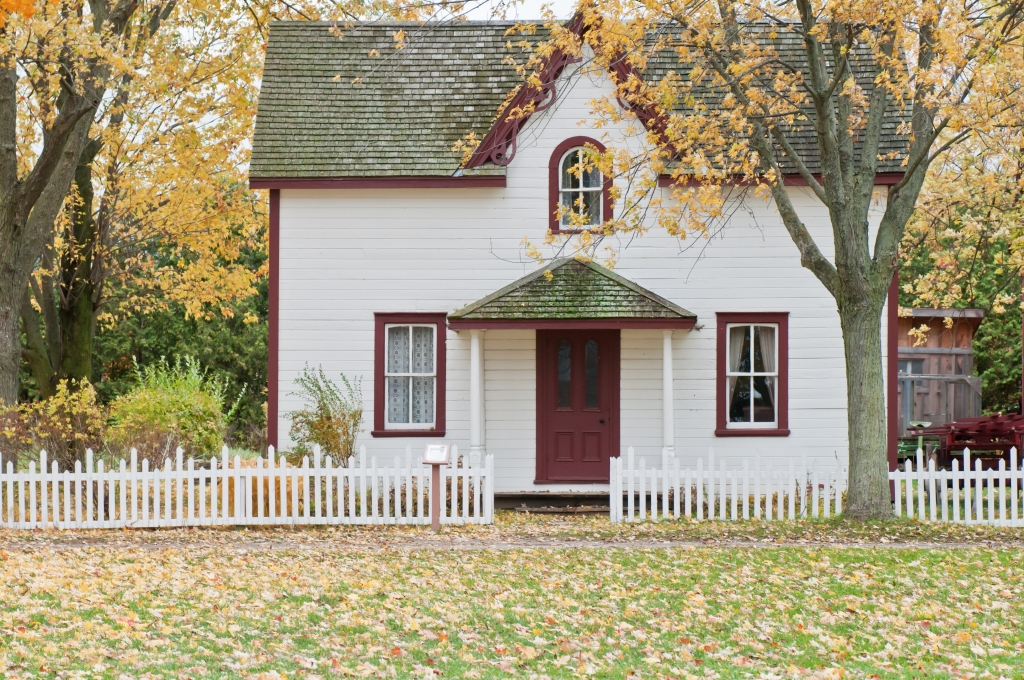We’re all spending more and more time online whether it’s working from home, watching a movie, listening to music, or keeping in touch with friends and family.
Full-fibre broadband is the technology that will underpin all these activities and future-proof our homes and businesses as our demand for data continues to grow.
The government has a target of delivering nationwide gigabit speeds by 2030 and we’re playing our part by building networks across the East of England. But here are three things you may not have expected to benefit from when you connect to full-fibre…
Your house could be more sellable

There’s growing evidence from property platforms Rightmove and Zoopla that your broadband speed impacts the saleability of your house. Several surveys have supported this and revealed that connection speed is the second most important priority for house buyers after the property size.
With people still working some or all of the time at home, and households relying on the internet as their primary source of entertainment for films, TV and gaming, you can see why house buyers won’t put up with an outdated connection and could be put off.
Having a full-fibre connection delivers you some of the fastest broadband speeds in the country and could be a deal breaker if you’re selling your property. For buyers, ask the owners about their connection and the speeds they receive. You can also use the postcode checker on our website to see if full-fibre broadband is currently available in that area.
According to Zoopla, nearly half of the people they spoke to (46%) wish they’d been more rigorous with their research when deciding where to buy so don’t make the same mistake.
The above also applies to renters so, even for landlords who don’t live in their property, you could find a full-fibre connection helps to attract tenants.
Enhanced security for your documents and memories

For many years saving files directly onto your desktop was the norm. However, this brought with it all kinds of risks. If your device was stolen or badly damaged your important documents or treasured family photos could be lost forever.
Technology has come a long way since then and today many offices and homes save everything in the cloud. Whether you use Microsoft 365, Google Drive, or iCloud, the concepts are broadly similar. Your files are saved online, and you can typically access them on any device from your laptop, tablet, or phone wherever you are in the world if you have an internet connection. Your device essentially becomes an access point to your data, rather than the primary place it is hosted.
Not only does this avoid the need to keep manually transferring the files you’re working on from one device to another or not having access to them if your laptop is at home, but it also gives you greater security. If you lose or damage your device, the files are safely on the cloud and easily retrievable. If your device is stolen, you can usually sever its connection to the cloud remotely to protect your data.
No more losing treasured photos or videos and no more losing important work files. Documents can also be worked on at the same time by multiple people to help with collaboration. So why is full-fibre so important? The files we use day to day are getting bigger and the cloud is constantly uploading and downloading them. With a slow connection this can take a long time, or your files may end up out of sync on different devices. With full-fibre speeds the experience is seamless because you have symmetrical upload and download speeds.
Future-proofing your home

One final benefit of full-fibre is that once you have it, you won’t need to upgrade your physical connection again.
Full-fibre delivers fibre cables directly into your property to provide gigabit speeds – that’s 1,000 Mbps – which are around 11 times faster than the current UK average. The network is impervious to rush hour disruption – it’s consistently delivering Hyperfast speeds and fantastic reliability.
In the short term, that means you can relax, knowing you can enjoy a day off with your streaming or gaming favourites, or not having to worry about your evening work call being disrupted by buffering. Longer term, as you need faster and faster speeds we can make simple adjustments to deliver 10,000 Mbps or even faster without having to build a new network.
The problem with the existing ‘Superfast’ networks is they rely on copper cables which aren’t designed for broadband. They are already reaching peak capacity which is why we need to replace them with full-fibre broadband to future-proof our communities.
Click here to find out if we’re coming to your village.





